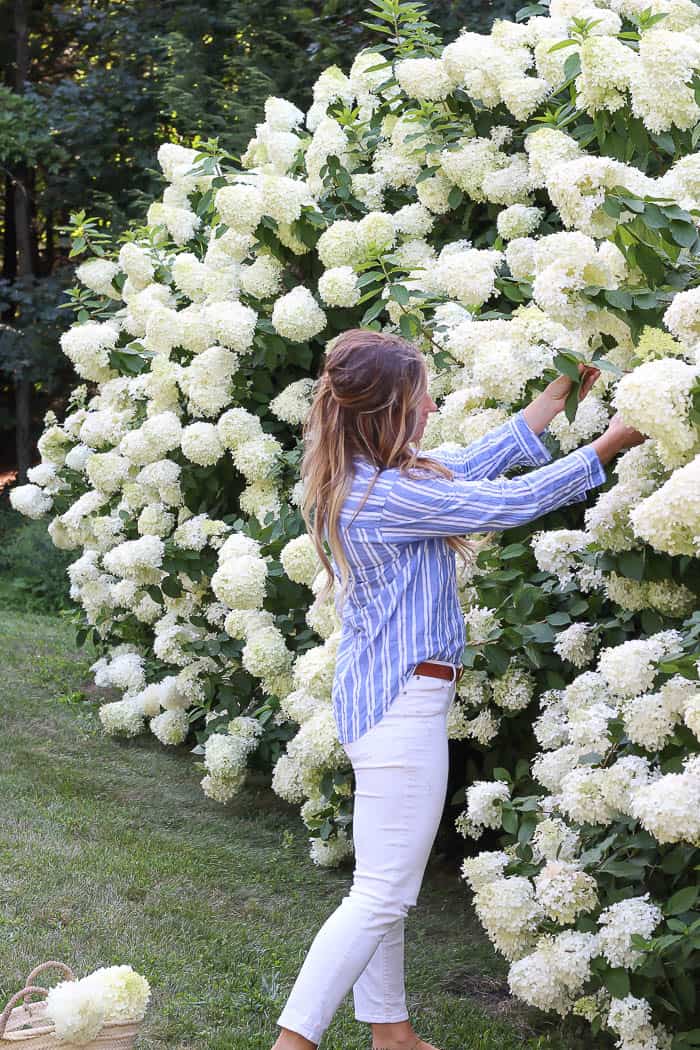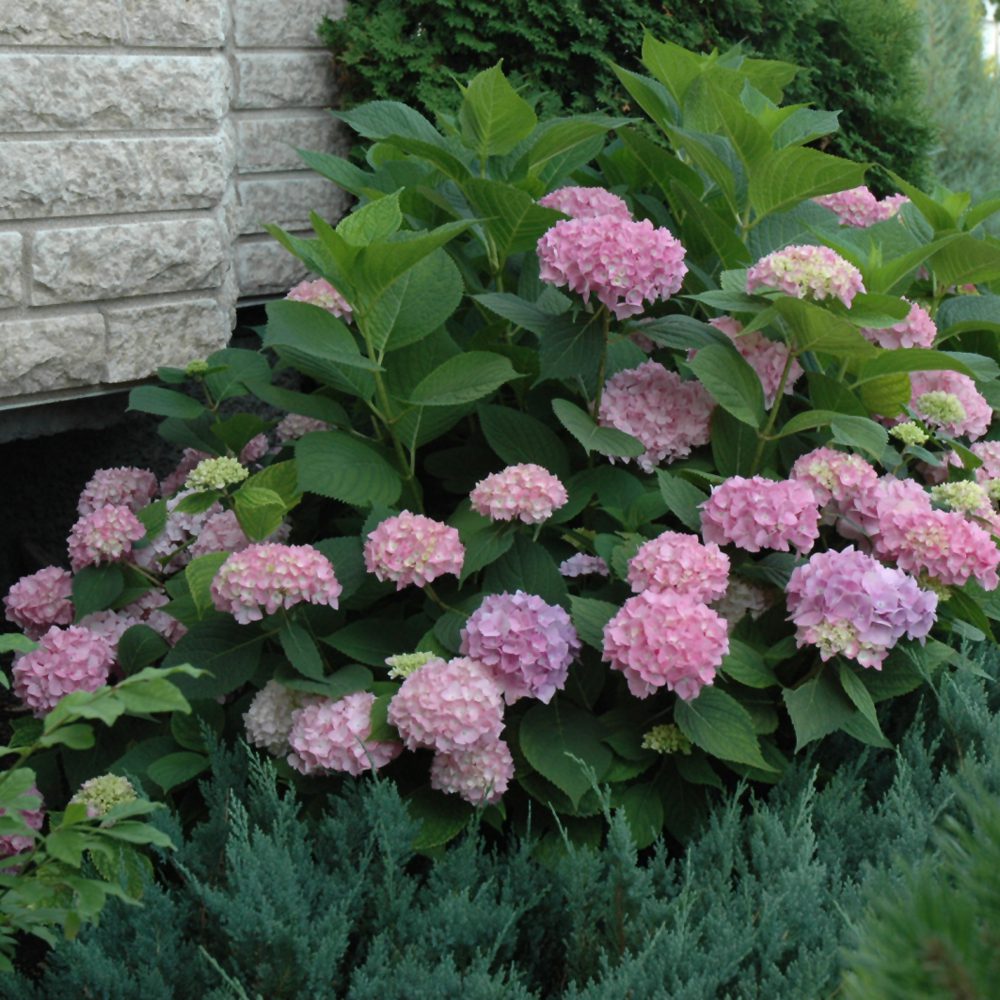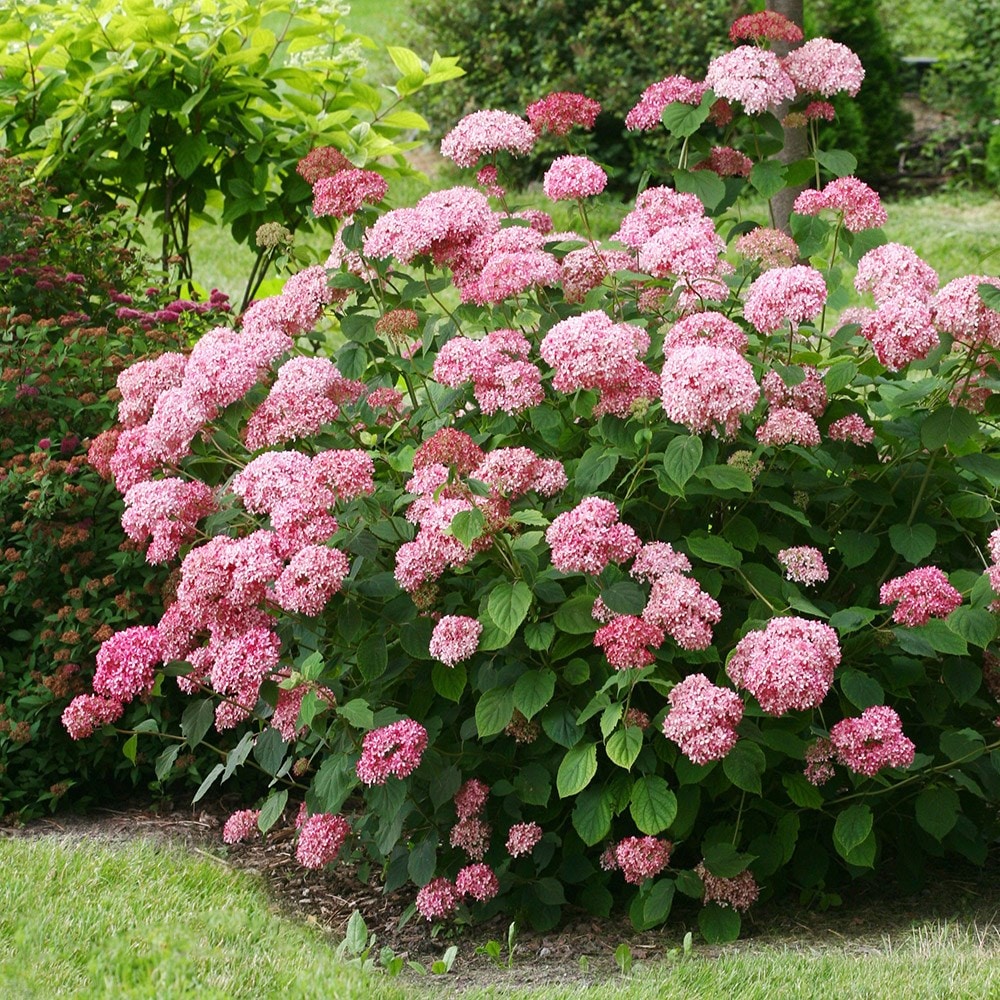Full Sun Hydrangeas: The Ultimate Guide To Growing These Beautiful Blooms
Title: Full Sun Hydrangeas: The Ultimate Guide to Growing These Beautiful Blooms
Introduction:
Hydrangeas are beautiful and versatile plants that can add a pop of color and whimsy to any garden. They are typically thought of as shade-loving plants, but there are actually a number of varieties that can thrive in full sun. If you are looking for a hydrangea that will add some brightness to your sunny spot, then a full sun hydrangea is a great option.
In this blog post, we will discuss everything you need to know about growing full sun hydrangeas. We will cover topics such as choosing the right variety, planting and care, and troubleshooting problems. By the end of this post, you will be well on your way to growing beautiful full sun hydrangeas in your own garden.
Main Content:
Choosing the Right Variety
There are a number of different varieties of full sun hydrangeas available, so it is important to choose one that is suited to your climate and growing conditions. Some popular varieties of full sun hydrangeas include:
- Bigleaf hydrangea (Hydrangea macrophylla): This is the most common type of full sun hydrangea. It is known for its large, showy blooms that can be blue, pink, or white.
- Smooth hydrangea (Hydrangea arborescens): This variety is a bit more drought-tolerant than bigleaf hydrangea. It is also known for its long bloom period, which can last from early summer to early fall.
- Panicle hydrangea (Hydrangea paniculata): This variety is known for its tall, airy blooms that can grow up to 12 inches long. It is a good choice for larger gardens.
Planting and Care
Full sun hydrangeas should be planted in well-draining soil that is rich in organic matter. They prefer full sun, but they can tolerate some shade. Water your full sun hydrangeas regularly, especially during the first year after planting. They also benefit from regular fertilization, especially during the spring and fall.
Troubleshooting Problems
Full sun hydrangeas are generally easy to care for, but there are a few potential problems that you may encounter. One common problem is leaf scorch, which can occur if your plants are exposed to too much hot, direct sunlight. To prevent leaf scorch, plant your full sun hydrangeas in a spot that gets morning sun and afternoon shade.
Another potential problem is powdery mildew, which is a fungal disease that can cause white spots to appear on the leaves of your plants. To prevent powdery mildew, water your plants early in the morning so that the leaves have a chance to dry before nightfall. You can also help to prevent powdery mildew by planting your full sun hydrangeas in a spot that gets good air circulation.
Conclusion
With proper care, full sun hydrangeas can thrive in your garden for many years. They are a beautiful and versatile addition to any sunny spot, and they will add a touch of color and whimsy to your landscape.
If you are looking for a hydrangea that will thrive in full sun, then you need to check out Home Gardening. This website has a wealth of information on full sun hydrangeas, including the best varieties to choose, how to plant and care for them, and how to get the most beautiful blooms.
FAQ of full sun hydrangea
- Q: What hydrangeas do well in full sun?
A: There are a few different types of hydrangeas that do well in full sun. Some of the most popular include:
* Panicle hydrangeas (Hydrangea paniculata)
* Smooth hydrangeas (Hydrangea arborescens)
* Oakleaf hydrangeas (Hydrangea quercifolia)
* Annabelle hydrangeas (Hydrangea arborescens 'Annabelle')
These hydrangeas all prefer full sun or partial shade, and they will produce beautiful flowers in the summer.
- Q: How much sun do hydrangeas need?
A: The amount of sun that hydrangeas need depends on the type of hydrangea. Some hydrangeas, such as panicle hydrangeas, prefer full sun, while others, such as bigleaf hydrangeas, prefer partial shade.
In general, hydrangeas should get at least 3-4 hours of direct sunlight per day. If you live in a hot climate, you may want to plant your hydrangeas in a spot that gets morning sun and afternoon shade.
- Q: How do I care for a full sun hydrangea?
A: Full sun hydrangeas need regular watering, especially during the hot summer months. You should also fertilize them once a year in the spring.
In addition, you may need to prune your full sun hydrangeas every few years to keep them healthy and productive.
- Q: What are some common problems with full sun hydrangeas?
A: Some common problems with full sun hydrangeas include:
* Leaf scorch: This can occur if the plant is not watered enough or if it is exposed to too much direct sunlight.
* Powdery mildew: This is a fungal disease that can cause white spots on the leaves.
* Aphids: These small insects can suck the sap out of the leaves, causing them to wilt and fall off.
If you see any of these problems, you can treat them with the appropriate solution. For example, you can water your hydrangeas more often to prevent leaf scorch, or you can use a fungicide to treat powdery mildew.









Post a Comment for "Full Sun Hydrangeas: The Ultimate Guide To Growing These Beautiful Blooms"